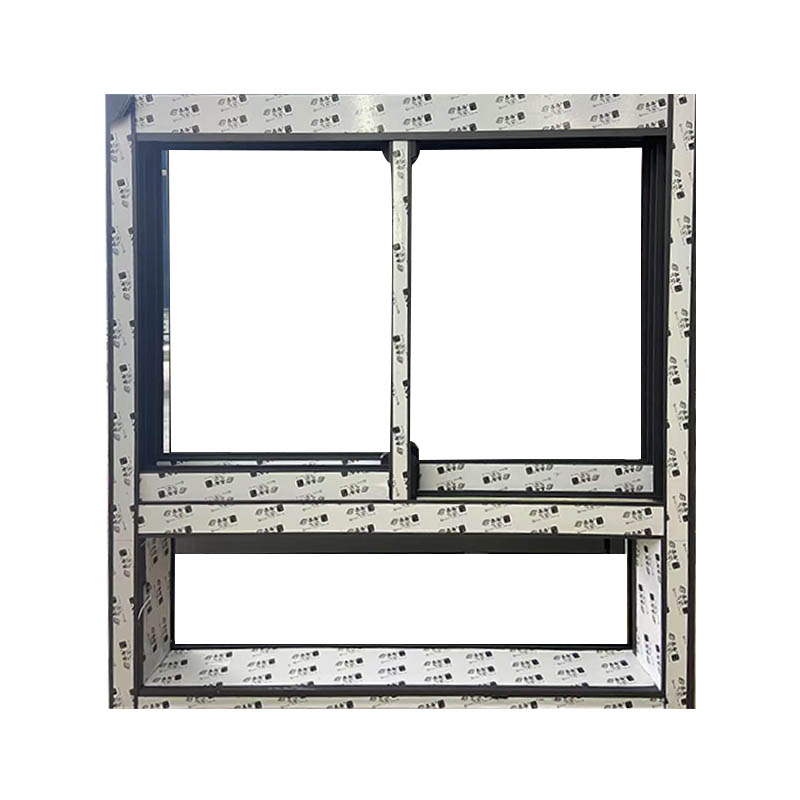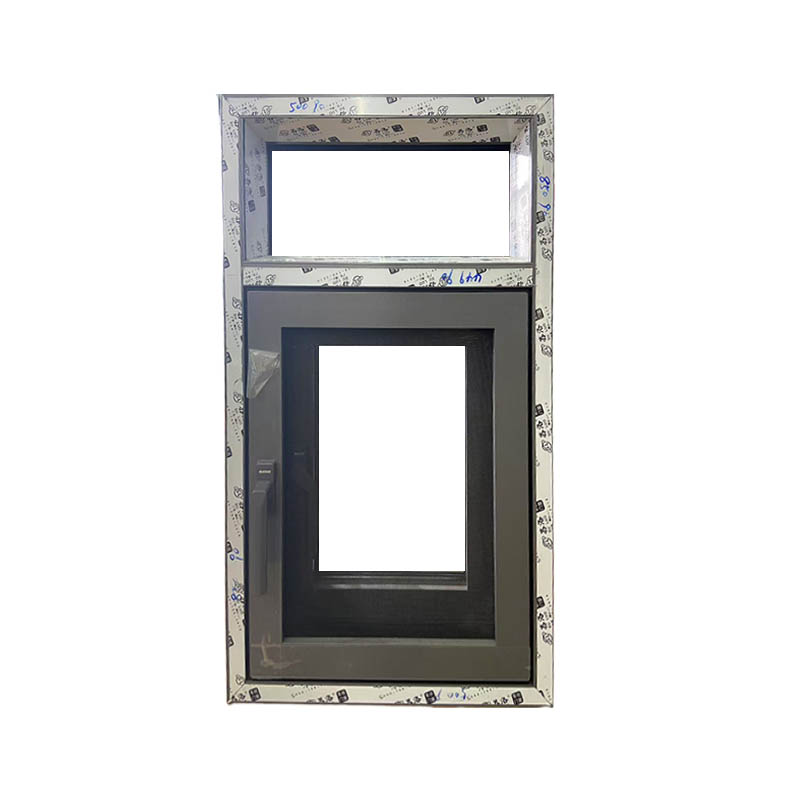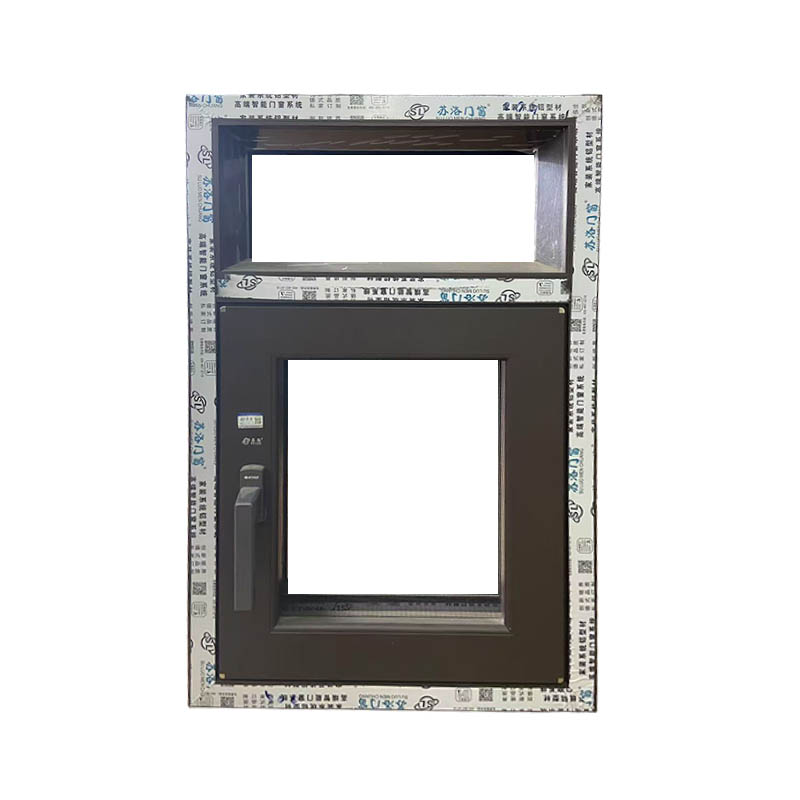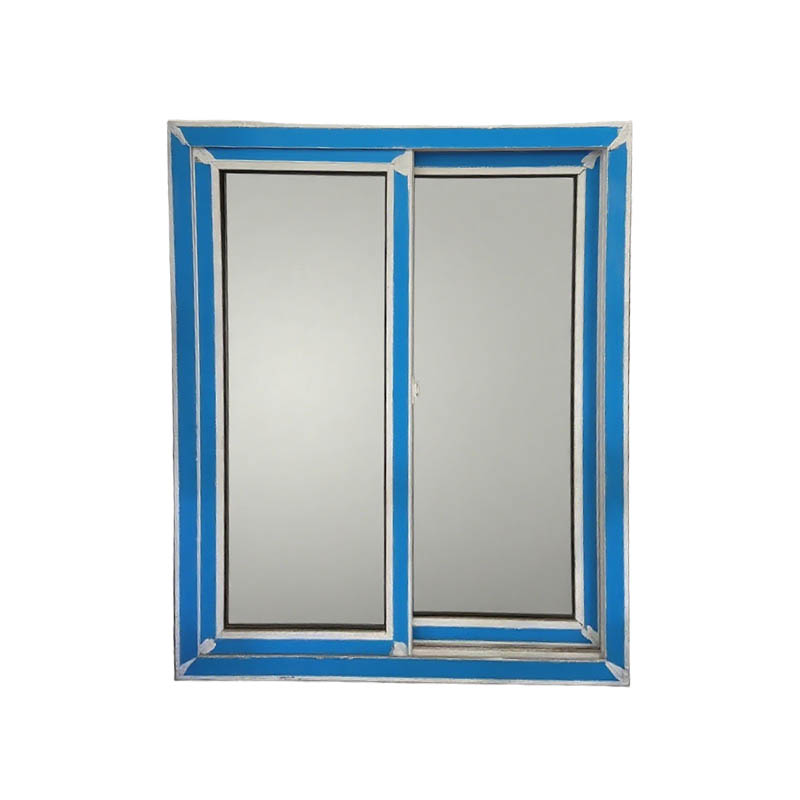How is the wind pressure resistance of the broken bridge aluminum alloy sliding window? Is it not easy to deform when used in high-rise buildings?
Release Time : 2025-09-01
The wind pressure resistance of broken bridge aluminum alloy sliding windows is determined by their profile material, structural design, hardware strength, and installation process. Whether they are susceptible to deformation during high-rise use requires a comprehensive assessment based on the strong wind conditions experienced by high-rise residential buildings. Due to their height, high-rise residential buildings experience significantly higher outdoor wind speeds than lower-rise buildings. Especially during typhoons and monsoons, windows must withstand sustained and intense wind pressure. Inadequate wind pressure resistance can lead to frame bending, sash displacement, and glass breakage, impacting not only the window's sealing and service life but also potentially posing a safety hazard. Therefore, wind pressure resistance is a key consideration for broken bridge aluminum alloy sliding windows in high-rise applications.
From the perspective of profile material, the inherent physical properties of broken bridge aluminum alloy provide the foundation for wind pressure resistance. Broken bridge aluminum alloy profiles utilize a high-strength aluminum alloy as their base material. Their thermal insulation is achieved through a thermal break structure (incorporating thermal insulation strips into the aluminum alloy profile, dividing the profile into two interior and exterior sections) while retaining the advantages of aluminum alloy's high strength and rigidity. Compared to ordinary aluminum alloy or plastic-steel profiles, broken-bridge aluminum alloy profiles offer higher flexural strength, maintaining a stable shape under wind loads and resisting bending or twisting. The profiles are typically surface-treated with electrophoresis and spray coating to further enhance structural stability and weather resistance. This reduces the impact of material aging on strength, even under long-term exposure to high-rise winds, providing reliable support for windows against wind pressure.
The structural design of broken-bridge aluminum alloy sliding windows is key to improving wind resistance and preventing deformation during high-rise use. High-quality products utilize a multi-cavity profile structure. By increasing the number of supporting cavities within the profile, wind pressure on the window frame is dispersed, reducing deformation caused by excessive localized stress. Furthermore, the overlap between the window frame and sash is precisely calculated to ensure a tight fit against the frame in strong winds, preventing deformation caused by excessive overlap. Some high-end products also feature reinforced steel linings at key locations on the window frame (such as corners and stress points). These linings form a composite structure with the aluminum alloy profile, significantly enhancing the overall load-bearing capacity of the window frame. Even in the face of sudden strong winds, they effectively resist wind impact and prevent significant deformation.
The quality and compatibility of hardware significantly impact the wind pressure resistance and high-rise stability of broken bridge aluminum alloy sliding windows. Sliding window hardware (such as rails, pulleys, and locking mechanisms) must withstand the weight of the window sash and the lateral forces caused by wind. If the hardware is insufficiently strong or poorly compatible with the profile, problems such as pulley wear, rail deformation, and loose locks can easily occur over long-term use, leading to sliding jams and even the risk of the sash shifting or falling out in strong winds. High-quality broken bridge aluminum alloy sliding windows are equipped with high-load-bearing, high-strength hardware, such as stainless steel rails, silent, wear-resistant pulleys, and a multi-point locking system. This system secures the sash to the frame at multiple points when closed, distributing wind pressure and preventing deformation caused by excessive force on one side. High-load-bearing pulleys ensure smooth sliding over extended use, minimizing tilt and deformation caused by pulley damage.
The integrity of the installation process directly impacts the wind pressure resistance and deformation risk of broken bridge aluminum alloy sliding windows in high-rise buildings. High-rise window installation requires strict adherence to construction standards. First, ensure a secure connection between the window frame and the wall. Use expansion bolts to secure the frame to a pre-recorded opening in the wall. The spacing and number of bolts should be appropriately adjusted based on the window size and wind resistance requirements to prevent loosening and deformation of the frame in strong winds due to insufficient anchoring points. Second, fill the gap between the window frame and the wall with waterproof sealant. This sealant not only improves the window's seal but also helps secure the frame, reducing wind impact. Furthermore, during installation, the window must be horizontally and vertically aligned to ensure the frame and sash are aligned. This prevents uneven force on the sash due to tilted installation, which can lead to deformation or jamming over time.
In actual high-rise use, standard-compliant broken bridge aluminum alloy sliding windows demonstrate excellent wind resistance and are less susceptible to deformation. For example, in high-rise residential buildings of 10-20 stories, even in winds of force 5-6, window frames remain stable, with no noticeable movement when the sashes are closed. Even in momentary gusts of force 7-8, sliding windows equipped with a multi-point locking system maintain the tight fit between the sashes and frames, preventing sash shifting or frame bending. Some products have also passed national wind pressure resistance testing and are classified according to the results. High-rise users can choose products with the appropriate rating based on their area's wind conditions to further ensure their windows' stability in strong winds.
It is important to note that if broken bridge aluminum alloy sliding windows have issues such as insufficient profile thickness, inferior hardware, or improper installation, deformation may occur even in mid- to low-rise buildings, and the risk is even greater in high-rise buildings. Therefore, when selecting a product, users should pay attention to the profile specifications (such as whether the profile wall thickness meets the standard), the brand of the hardware, the wind pressure resistance test report provided by the manufacturer, and select a qualified installation team. Regular window maintenance (such as cleaning the sliding rails, checking the tightness of hardware, and replacing aging sealant) can also promptly identify and resolve potential problems, extending the window's lifespan and ensuring long-term stability and resistance to deformation in high-rise wind conditions.
High-quality broken bridge aluminum alloy sliding windows, thanks to their high-strength profiles, scientific structural design, reliable hardware, and standardized installation, offer excellent wind pressure resistance and resist deformation during high-rise use. They meet the safety and stability requirements of high-rise residential buildings, providing users with a comfortable and secure living environment.







